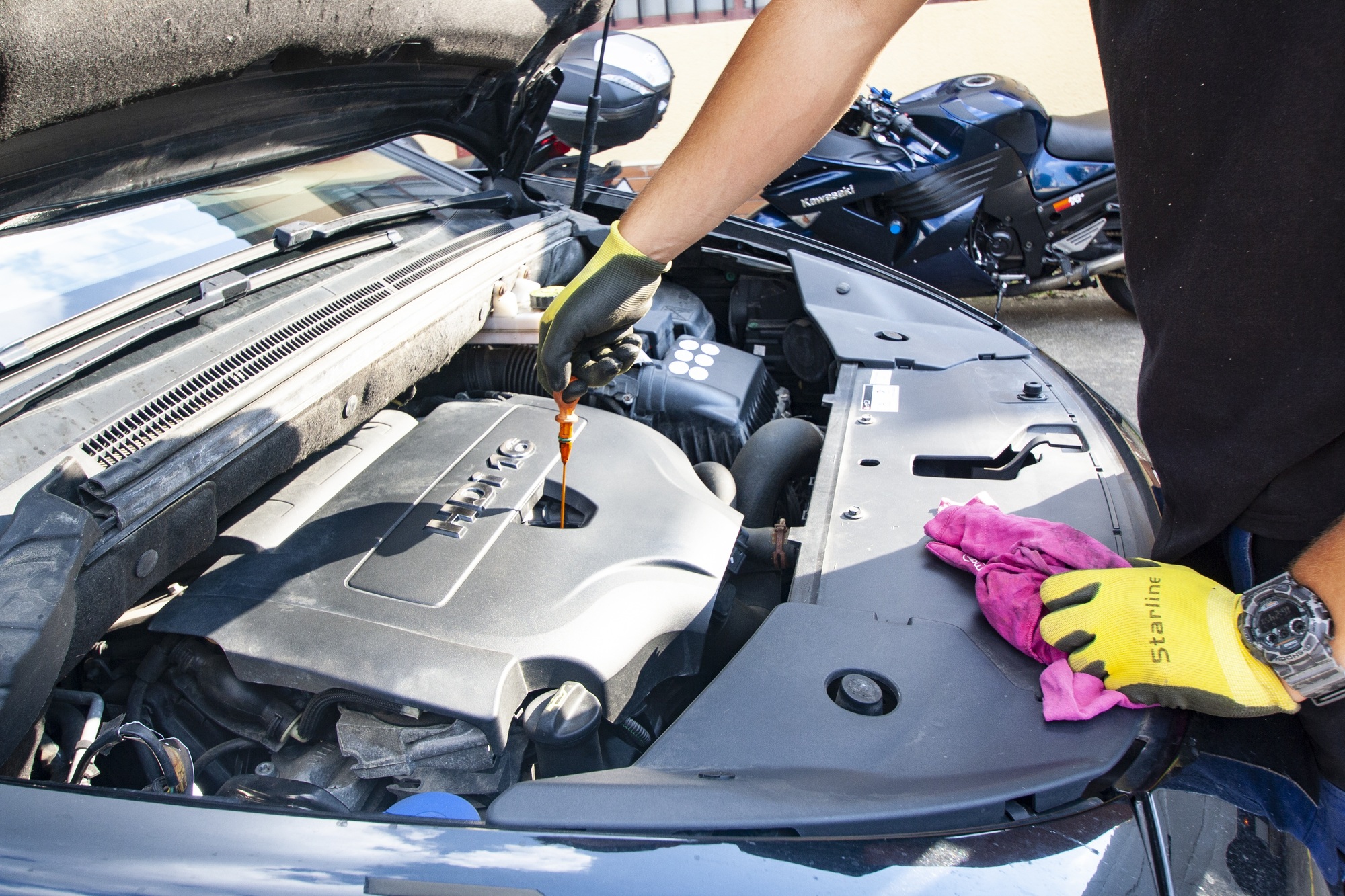Driving the safest way you can for all those miles matters a lot. But it’s not always easy to keep up with everything your car needs if you don’t know much about vehicle maintenance.
How do you care for your car? Keep reading for some of the essential tips for caring for your vehicle.
1. Change the Oil
Regular oil changes can significantly extend a car’s lifespan. To ensure your car’s engine is properly lubricated, oil filters should be changed every 3-5 months or every 5,000 miles. It is also essential to regularly check the oil level in your engine.
Chose the oil best suited to your vehicle. It’s also a good idea to have a professional do the oil change for optimal performance.
Be sure to get an oil filter and a new oil filter gasket as part of the oil change process. If you use the wrong type of oil, use excessive amounts, or don’t change the oil regularly, it can cause serious long-term problems for your car.
2. Replace Your Cabin Air Filter
The cabin air filter is often located inside the glove box, and its role is to filter and purify the air entering the passenger cabin. Regularly replacing the cabin air filter is crucial in keeping the air inside your vehicle clean and free of contaminants.
Not only is this important for your health, but keeping your cabin air filter clean will also help to minimize dust and pollen that can build up over time. Moreover, replacing the air filter regularly can improve air conditioning and heating performance and ensure proper airflow throughout the cabin.
3. Get Your Tires Rotated
Rotating your tires helps ensure that your tires wear evenly, reducing the likelihood of a blowout or other tire failure. It’s important to rotate your tires at least every other oil change and more often if you drive in frequently wet or icy road conditions.
Depending on your vehicle type, you may also need to get a tire balancing or alignment. If you have an all-wheel-drive or a four-wheel-drive, you may need to adjust your tire pressure depending on the season and expected road conditions.
4. Check the Suspension System
The suspension keeps your car comfortable and ensures that you and other passengers are safe during your ride. To check your car’s suspension, begin by jacking up the vehicle and look for worn, cracked, or broken springs or shocks. Also, inspect the rubber boot on your shock absorber for signs of tears or wear.
Additionally, you should ensure that steering components like the tie rod end, steering rack, and ball joints are all in good condition. Lastly, check the vehicle’s wheel alignment to ensure the suspension isn’t throwing off your alignment.
5. Check Your Coolant
Checking your coolant should be done regularly whenever you are topping up its levels. For most vehicles, this should be done at least once every summer; however, if you’re driving in extremely hot or cold conditions, it’s essential to check it more often.
Your owner’s manual will be a helpful guide. If the coolant is low, top it up with a mix of 50/50 coolant and water.
Always be mindful never of opening a hot engine and removing the radiator cap. Before leaving the garage, take notice of any radiator leaks or overheating issues.
6. Check your Spark Plugs
An easy way to check for performance issues is to look at the spark plugs. If the pins are wet, corroded, or have carbon deposits, it could indicate that the motor is running improperly. Before checking the nails, the engine should be allowed to cool, or the pins should be gently heated until they are cool to the touch.
To help prolong the life of the spark plugs, proper car maintenance should be conducted, such as regularly changing the oil and using the right kind of gasoline. Additionally, adequate spark plug gaps should be maintained to prevent the engine from misfiring.
Lastly, dirt and debris should be removed from the electrodes inside the spark plug for performance optimization.
7. Inspect the Belts and Hoses
If any of the belts crack or snap, it can cause severe damage to the engine and its components. When inspecting belts and hoses, look for signs of wear, tears or cracks, and fluid or oil leaks. Check all hoses for any signs of kinks, weakness, or damage, and make sure the hoses are correctly mounted and securely attached.
Check the tension in each of your belts and replace them if they’re too loose or tight. If unsure, take your car to a professional mechanic like Rick and Rays Auto Plaza’s Toyota repair, who can check them and replace them if necessary.
8. Do the Emissions Inspection
Before heading out for the emissions check, replace air, spark plugs, and fuel filters as needed, which can help you drive more efficiently. Also, keep an eye on the fuel gauge and tanks topped off to help ensure the emissions test runs appropriately.
Check the wiper blades and replace them when they start to streak or become worn. Lastly, take the time to review the engine oil and coolants, as both can affect the emissions inspection results.
Never Neglect Vehicle Maintenance
It is essential to stay on top of vehicle maintenance to ensure your vehicle is running safely and efficiently. Put these tips into practice to help keep things running smoothly and remember to check in with a reputable mechanic or service center at least once a year.
Take care of your vehicle today with these helpful auto maintenance tips!
Need more tips to keep your vehicle running smoothly? Check out our blog for more!

